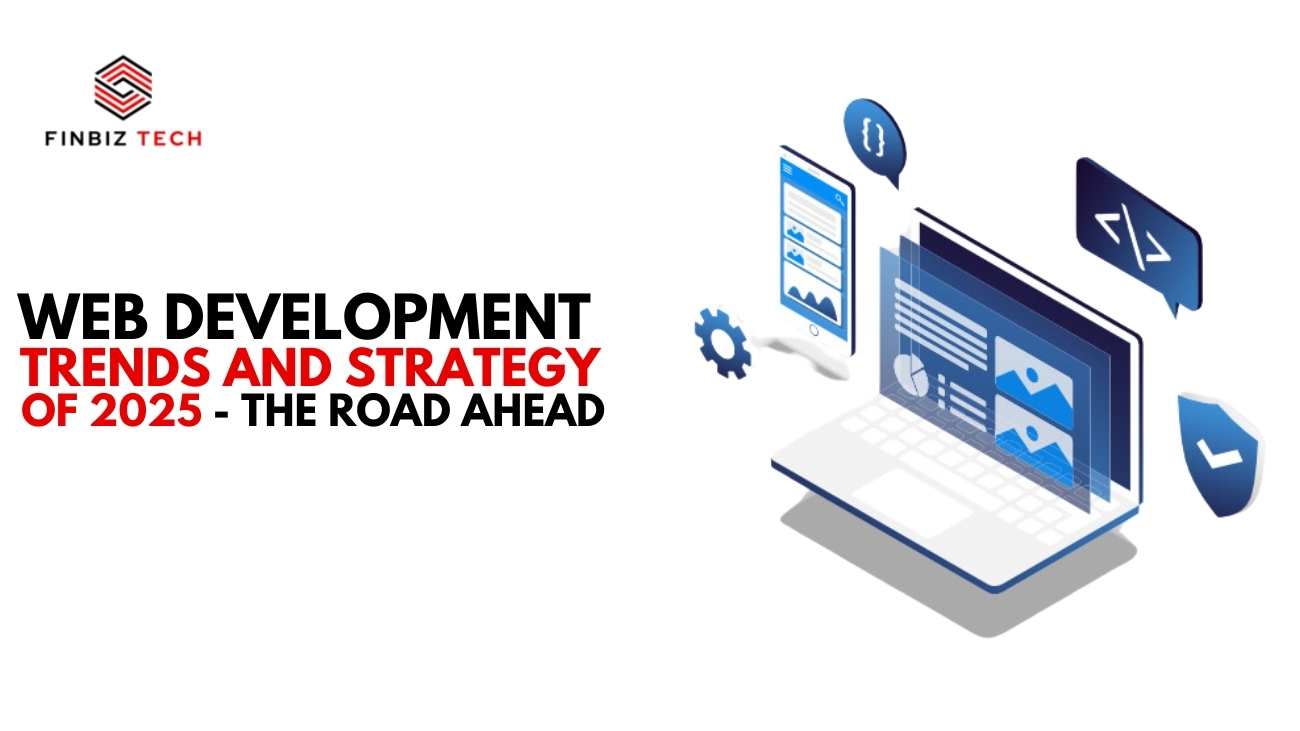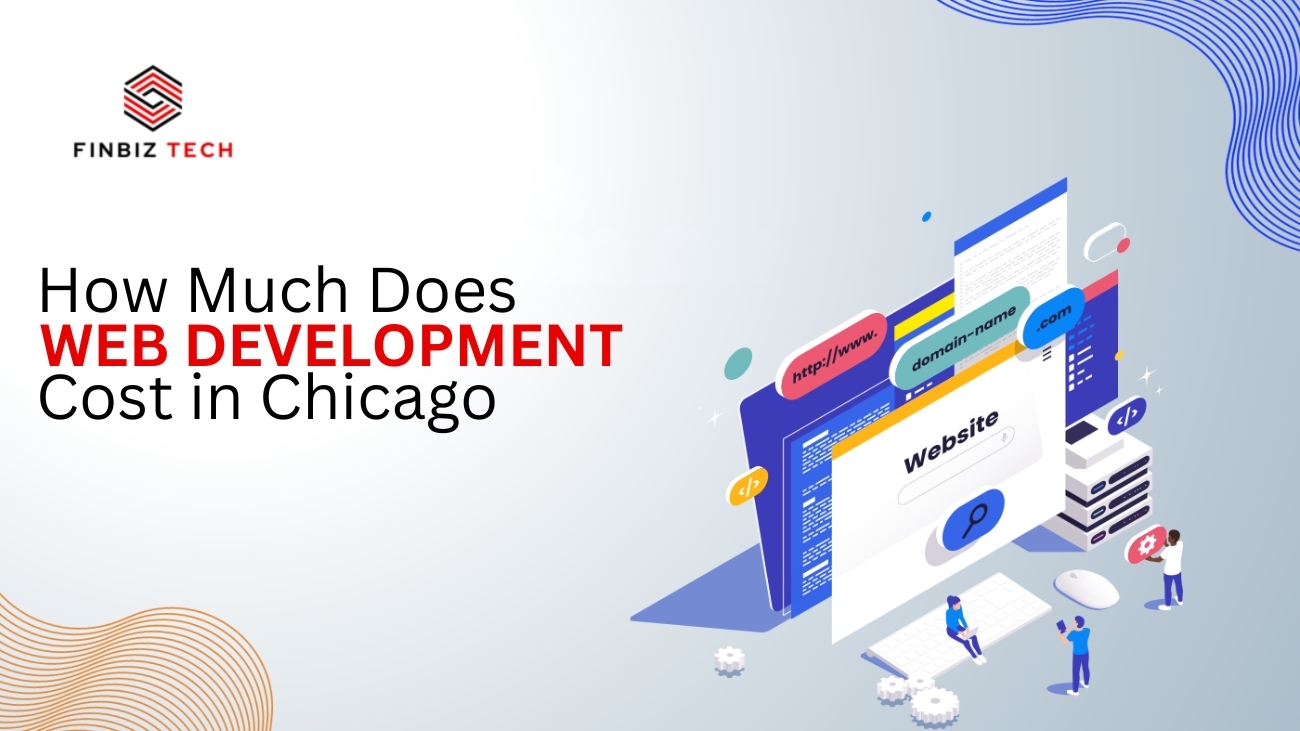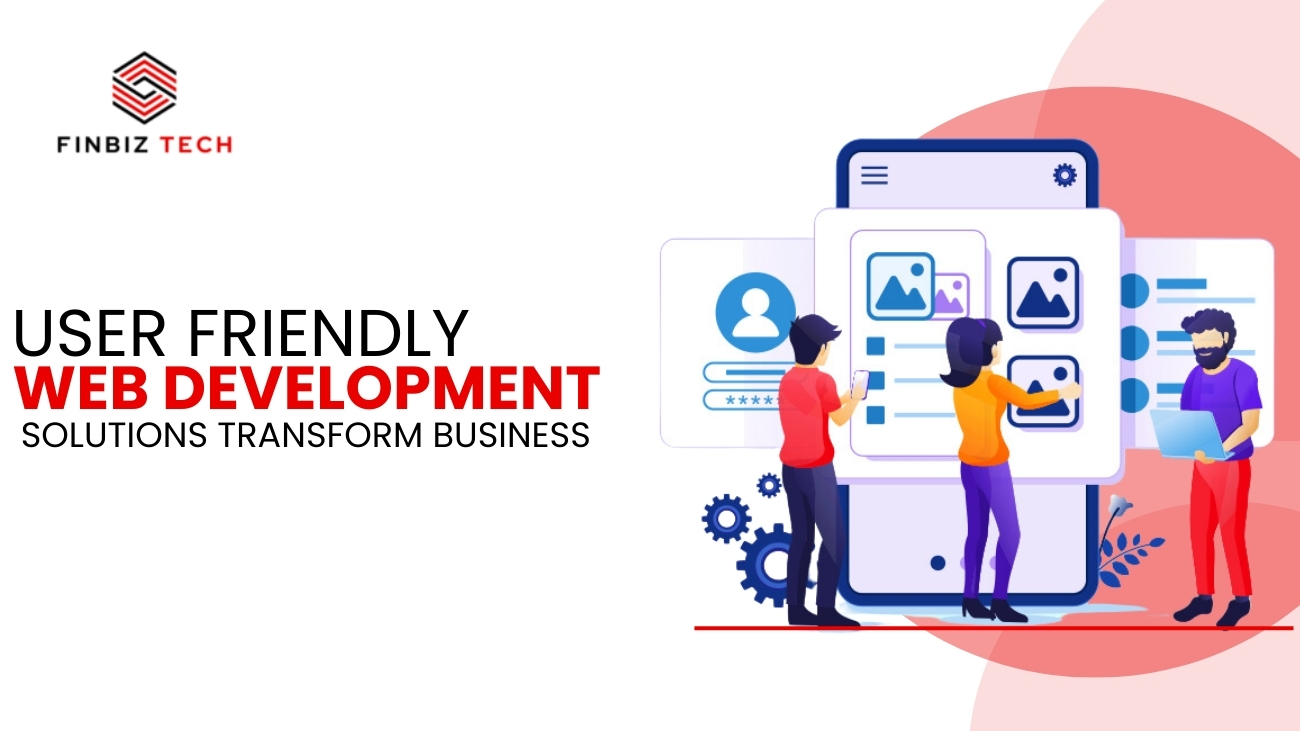The digital landscape is evolving rapidly, and web development trends in 2025 will redefine how businesses create and maintain their online presence. With cutting-edge technologies, changing user expectations, and the demand for enhanced performance, staying updated is crucial for success. This article explores the top web development trends shaping the future and the strategies businesses should adopt to stay competitive.
AI-Powered Web Development Trends
Artificial Intelligence (AI) is transforming web development by automating processes, personalizing user experiences, and enhancing security. AI-driven tools help developers optimize website development services and designs, predict user behavior, and improve functionality with minimal manual intervention.
Key Strategy:
Implement AI-based chatbots for real-time customer interaction.
Use AI-driven analytics to enhance UX and content strategy.
Progressive Web Apps (PWAs) Adoption
PWAs offer a seamless experience across different devices, combining the best of web app development. With improved speed, offline functionality, and enhanced security, PWAs will continue to dominate in 2025.
Key Strategy:
Develop Progressive Web Apps for better user engagement.
Ensure cross-platform compatibility to improve accessibility.
Voice Search Optimization
With the rise of smart assistants like Alexa and Google Assistant, optimizing websites for voice search is now a necessity. Website development company in Florida provide these services like Voice search changes the way users interact with websites, emphasizing conversational queries and long-tail keywords.
Key Strategy:
Optimize content for voice search queries.
Implement structured data markup for better voice search results.
Low-Code and No-Code Development
The demand for rapid web development has led to the rise of low-code and no-code platforms. These platforms allow businesses to build websites and applications with minimal coding expertise, reducing development time and costs.
Key Strategy:
Leverage no-code platforms for faster deployment.
Use low-code tools for customizing existing web solutions.
Blockchain Integration in Web Development
Blockchain technology is revolutionizing online security and transparency. Decentralized applications (DApps) and blockchain-based authentication are set to become standard for secure transactions and data storage.
Key Strategy:
Implement blockchain for secure user authentication.
Explore DApps for business transactions.
API-First Development Approach
The growing integration of third-party services requires a shift toward an API-first development strategy. This ensures seamless connectivity between applications, enabling faster and more scalable web solutions.
Key Strategy:
Prioritize API development for scalability.
Use RESTful and GraphQL APIs for efficient communication.
Cybersecurity Enhancements in Web Development Trends
As cyber threats increase, cybersecurity in web development will be a top priority. Enforcing strong security protocols and compliance standards will be essential to protect sensitive data and ensure user trust.
Key Strategy:
Implement multi-factor authentication (MFA) and encryption.
Use AI-driven security monitoring for real-time threat detection.
Final Verdict About Web Development Trends
The web development trends of 2025 emphasize innovation, security, user-centric experiences and website user journey. Businesses must embrace these trends to stay competitive, enhance performance, and ensure future-proof digital strategies. By integrating AI, PWAs, voice search, and blockchain, companies can provide enhanced web experiences that meet evolving user expectations.
For the latest insights and updates on web development trends and emerging technologies, visit FinBiz Tech. Stay ahead with expert analyses and future-ready innovations!”
Frequently Asked Questions
What are the top web development trends in 2025?
AI, PWAs, voice search, no-code development, blockchain, API-first approach, and cybersecurity enhancements.
How does AI impact web development trends?
AI automates coding, enhances UX, improves security, and personalizes user experiences efficiently.
Why are PWAs important in modern web development?
PWAs provide fast, secure, and offline-ready web experiences across multiple devices.
How can businesses secure their websites in 2025?
By implementing blockchain authentication, encryption, and AI-driven cybersecurity tools.
What is the role of APIs in web development trends?
APIs enhance scalability, enable seamless third-party integrations, and streamline app connectivity.








